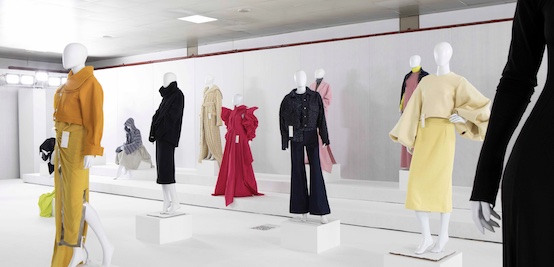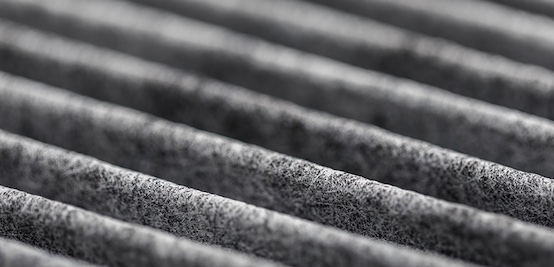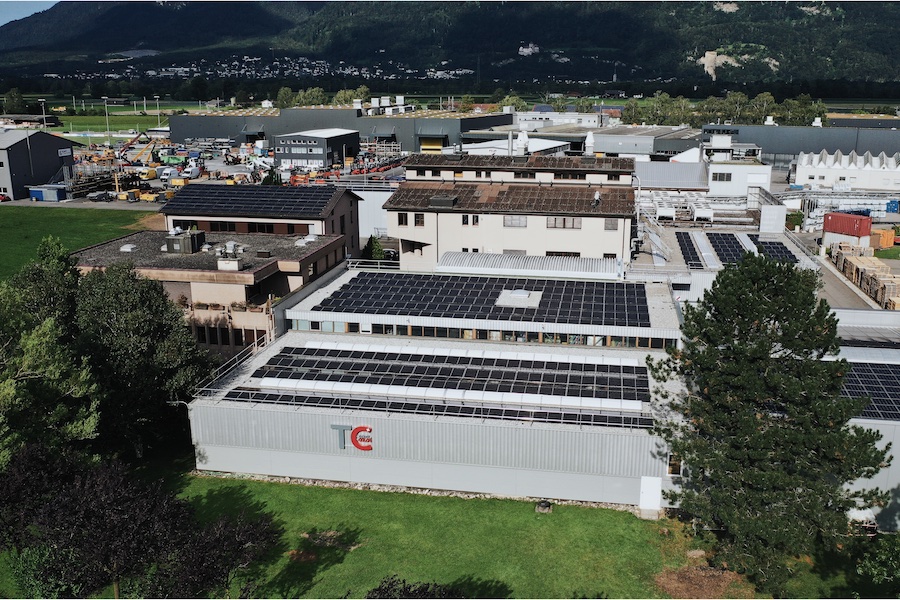#Market Analysis & Forecasts
Valuation of synthetic leather market to climb to ~US$ 157.3 bn by 2027
Companies Harness Sustainable Production Processes to Expand Horizon: TMR
Improving Animal Welfare Standards Worldwide Have Been Imparting Robust Momentum to Synthetic Leather Market, as Production Prevents Animal Cruelty
Durability and Flexibility of Polyurethane Synthetic Leathers Spur Their Popularity ; Various Stakeholders in the Market Focus on Improving Quality Control Processes; Asia Pacific Alone Accounts for Half of Market Share
In 2018, the global valuation of the synthetic leather market stood at ~US$ 85.5 Bn. Garnering a CAGR of 7% from 2019 to 2027, the worth is projected to reach a whopping ~US$ 157.3 Bn by 2027.
"Market players should aim at expanding their product portfolio and will engage in mergers and acquisition with regional players to strengthen their positions," analysts at Transparency Market Research affirm. To this end, they will engage in research and development activities to create economically sustainable products.
Key Findings of Synthetic Leather Market Report
- Of all product types, polyurethanes accounted for the top share in the synthetic leather market, mainly due to superior performance characteristics
- Of the various end-use industries, extensive application in automobile industry has led it to become the leading share holder in the synthetic leather market in 2018
- Among the various regional markets, Asia Pacific to rise at remarkably high pace during the forecast period, fueled by sheer pace of industrialization
Explore 385 pages of top-notch research, incisive insights, and detailed country-level projections on Synthetic Leather Market (Product Type: Polyurethane and Polyvinylchloride; and End User: Footwear [Performance Footwear and Fashion Footwear], Furnishing [Couch & Sofa and Chairs], Interior [Interior décor & Surfacing and Wall Tiles], Automobiles [Seats, Doors, Dashboard, Steering Cover, and Others], Sporting Goods, Garments [Fashion Apparel, Fashion Accessories, and Performance Apparel], Luxury Goods [Hard Luxury and Soft Luxury], and Others) - Global Industry Analysis, Size, Share, Growth, Trends, and Forecast, 2019 - 2027 at:
Synthetic Leather Market: Key Driving Factors and Promising Avenues
- The drive for synthetic leather market comes from the growing shift from traditional leather to synthetic leather as they are considered as animal cruelty-free.
- Another crucial trend that has resulted in synthetic leather to gather steam especially in the automobile industry is the rapid rise in demand for leather products. In the wake of various countries taking animal rights seriously, supply of good quality traditional leather falls short of meeting the burgeoning demand, thus boosting the prospects in the synthetic leather market.
- The overall cost involved in the traditional tanning industry is substantial, which includes the upkeep of livestock. This has created a large prospects in the synthetic leather market.
- The overall consumer proclivity toward products of the synthetic leather market has gathered steam on the back of the wide variety of design and colors these can be produced.
- Over the past few years, the growth dynamics of the synthetic leather market has been dotted by growing body of research and development activities taken collaboratively by companies.
Key Impediments for Synthetic Leather Market Stakeholders
Despite incredible prospects in the synthetic leather market, a few factors restrain the pace of commercialization. The foremost factor that there is lack of quality control by manufacturers. Next, end users have to grapple with the shorter lifespan than the traditional ones, making the products unattractive.
On the other hand, players are in search for eco-friendly materials. A case in point is recycled polyester ultra-fine microfibers. Such strategies tend to reduce the carbon footprints. They are also adopting methods of products that eliminate the emission of volatile organic compounds. An example is direct spinning method
Synthetic Leather Market: Regional Assessment
North America and Europe are lucrative markets. The proliferation of manufacturing facilities has cemented the potential of these regional markets. Meanwhile, the generation of opportunities will be more attractive in Asia Pacific, fueled by sustainable and eco-friendly materials. The growth is also propelled by the rise in demand for PVC synthetic leather in several countries such as Vietnam and India.
The Synthetic Leather market can be segmented as follows:
Product Type
- Polyurethane (PU)
- Polyvinylchloride (PVC)
End User
Footwear
- Performance Footwear
- Fashion Footwear
Furnishing
- Couch & Sofa
- Chairs
Interior
- Interior décor & Surfacing
- Wall Tiles
Automobiles
- Seats
- Doors
- Dashboard
- Steering Cover
- Others
Sporting Goods
Garments
- Fashion Apparel
- Fashion Accessories
- Performance Apparel
Luxury Goods
Hard Luxury
- Jewelry
- Watchstraps
Soft Luxury
- Handbags
- Luggage
- Wallets
- Others
View Detailed Table of Contents at
https://www.transparencymarketresearch.com/report-toc/22364













